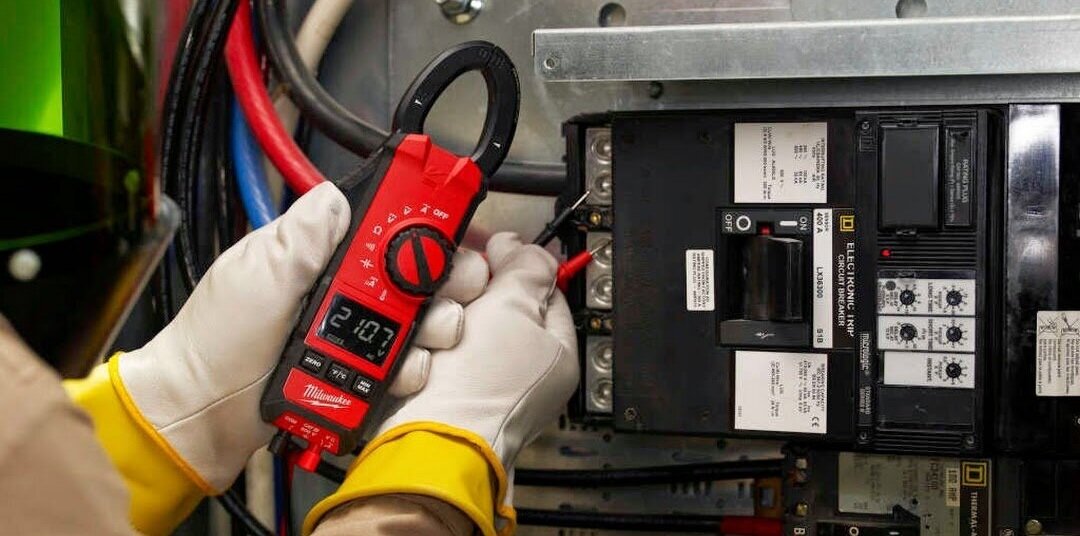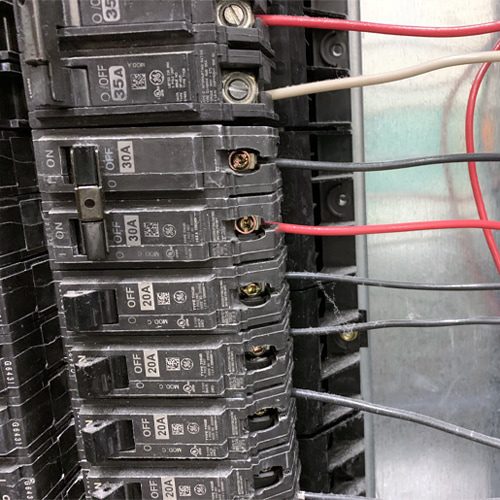Top Tips for Effective Electric System Troubleshooting
Troubleshooting electrical systems requires a methodical approach, grounded in a thorough understanding of electrical principles and safety and security methods. By familiarizing oneself with circuit components, using essential tools, and adhering to an organized analysis technique, specialists can successfully recognize and deal with problems. Nonetheless, the nuances of efficient troubleshooting prolong past plain technological expertise; understanding exactly how to record findings and focus on safety can considerably influence outcomes. As we check out these important aspects additionally, it ends up being clear that understanding this procedure is not just beneficial however crucial for success in the area.
Understand the Essentials
Recognizing the fundamentals of electric systems is vital for reliable troubleshooting, as a strong structure permits professionals to detect and solve issues extra successfully. A comprehensive understanding of electrical concepts, such as voltage, present, resistance, and power, is vital in identifying the source of issues. Voltage is the electrical potential distinction that drives current through a circuit, while resistance opposes the flow of existing, affecting the total performance of the system.
Knowledge with circuit elements, consisting of resistors, capacitors, diodes, and changes, is additionally vital. Each component plays an unique duty in circuit behavior and can affect efficiency when malfunctioning. Additionally, comprehending series and identical circuit configurations is crucial, as these arrangements influence the distribution of voltage and existing within the system.
Service technicians have to be mindful of possible hazards, such as shock and short circuits, to apply risk-free troubleshooting practices. By understanding these fundamental principles, specialists improve their capability to perform reliable diagnostics and repair work, inevitably leading to boosted performance and dependability of electrical systems (electrical system troubleshooting).
Gather Necessary Tools
Reliable troubleshooting of electric systems needs the best set of tools to diagnose and deal with issues precisely. Crucial tools consist of a multimeter, which measures voltage, current, and resistance, permitting for precise analyses of electrical parts.
Additionally, shielded hand devices such as screwdrivers, pliers, and wire pole dancers are essential for securely adjusting electrical connections. It is additionally advisable to have a circuit tester on hand to confirm the existence of voltage in outlets and cords. For more complex systems, a thermal imaging camera can aid spot overheating parts, suggesting potential failings.

Follow a Methodical Strategy
Having actually collected the appropriate tools, the following action in troubleshooting electric systems is to follow an organized approach. A methodical strategy makes certain that technicians can recognize faults efficiently and properly, reducing downtime and preventing unnecessary fixings.
Begin by reviewing the system's schematic representations and requirements. Recognizing the style and operational parameters will give context for detecting concerns. Next off, separate the problem area by making use of a process of removal. This entails checking each component methodically, beginning from the power resource and functioning in the direction of the load.
Utilize testing devices, such as multimeters and oscilloscopes, to gather unbiased data about voltage, existing, and resistance at numerous factors within the system. This empirical evidence will certainly lead your troubleshooting efforts and help to validate or eliminate potential causes of failing.
In addition, take into consideration environmental variables that may influence the system's performance, such as temperature fluctuations mechanical system optimisation support or wetness access. An extensive assessment of electrical wiring, connections, and parts will certainly ensure that all possibilities are made up.
File Your Findings
Complete documentation is necessary in the repairing process of electrical systems. This method not only aids in comprehending the origin reason of the issue yet likewise offers as a reference for future repairing efforts.

Additionally, preserving a log of parts changed or repair services performed is vital. This information supports inventory administration and can help analyze the long life and dependability of details components.
Inevitably, the documentation procedure ought to be complete yet succinct, enabling very easy access and review - electrical system troubleshooting. By focusing on in-depth paperwork, service technicians can develop a useful data base that not just aids in present troubleshooting but also equips future maintenance initiatives, thus improving overall system dependability

Prioritize Safety Actions
Identifying the intrinsic risks linked with electrical systems is critical for guaranteeing safety throughout troubleshooting. Electric shock, burns, and devices damages are simply a few of the possible dangers that professionals face. Focusing on security steps is not just a legal responsibility however additionally an ethical essential that safeguards both the professional and the surrounding atmosphere.
Prior to starting any kind of troubleshooting job, technicians ought to put on suitable personal safety equipment (PPE), consisting of insulated gloves, shatterproof glass, and flame-resistant clothes. Guaranteeing that the workplace is completely dry and without mess can significantly minimize the risk of accidents. Additionally, it is necessary to de-energize circuits prior to beginning any kind of job, validating that they are not live through making use of a multimeter or voltage tester.
Developing clear interaction procedures with employee is additionally crucial; this makes sure that everybody understands potential dangers and the condition of the electric system being dealt with. Having an emergency situation action strategy in area can show important in the occasion of an occurrence. By prioritizing precaution, technicians can effectively mitigate threats and promote a safer workplace.
Final Thought
Reliable electrical system fixing counts on a detailed understanding of basic principles and a methodical technique. Prioritizing security measures makes sure the health of people entailed and the honesty of the electrical system.